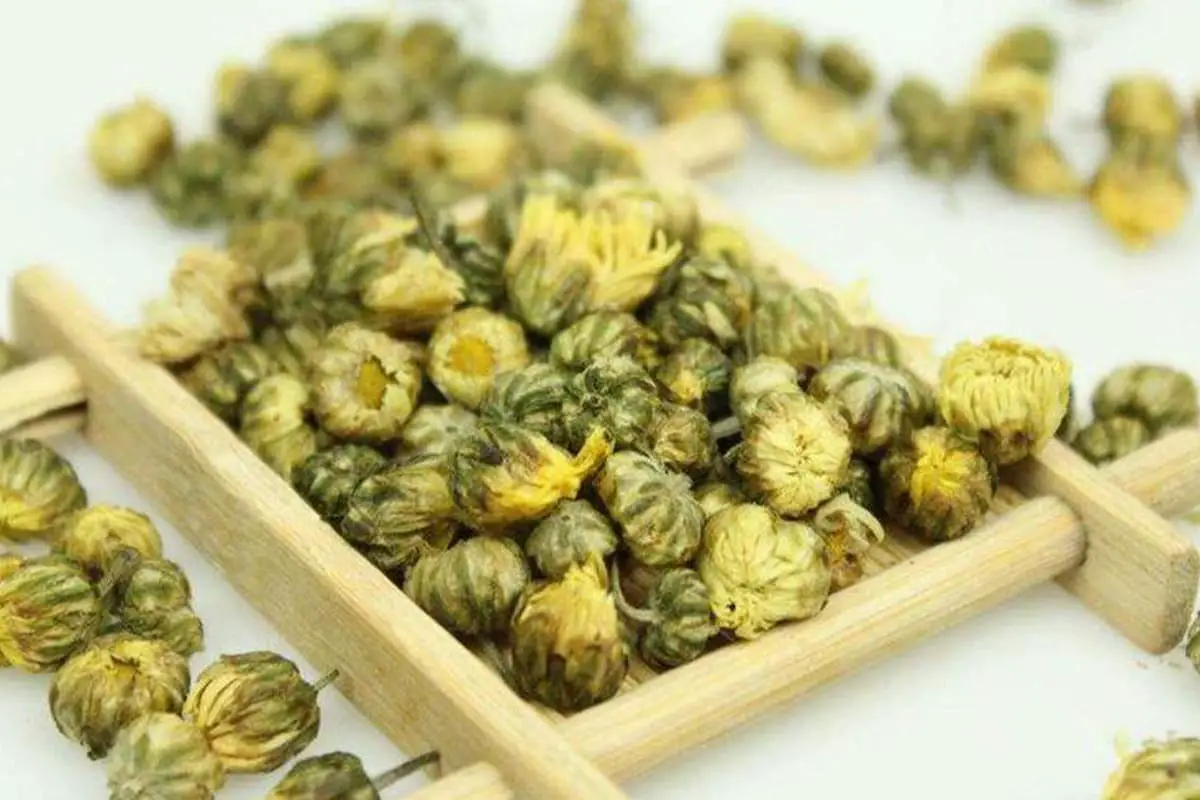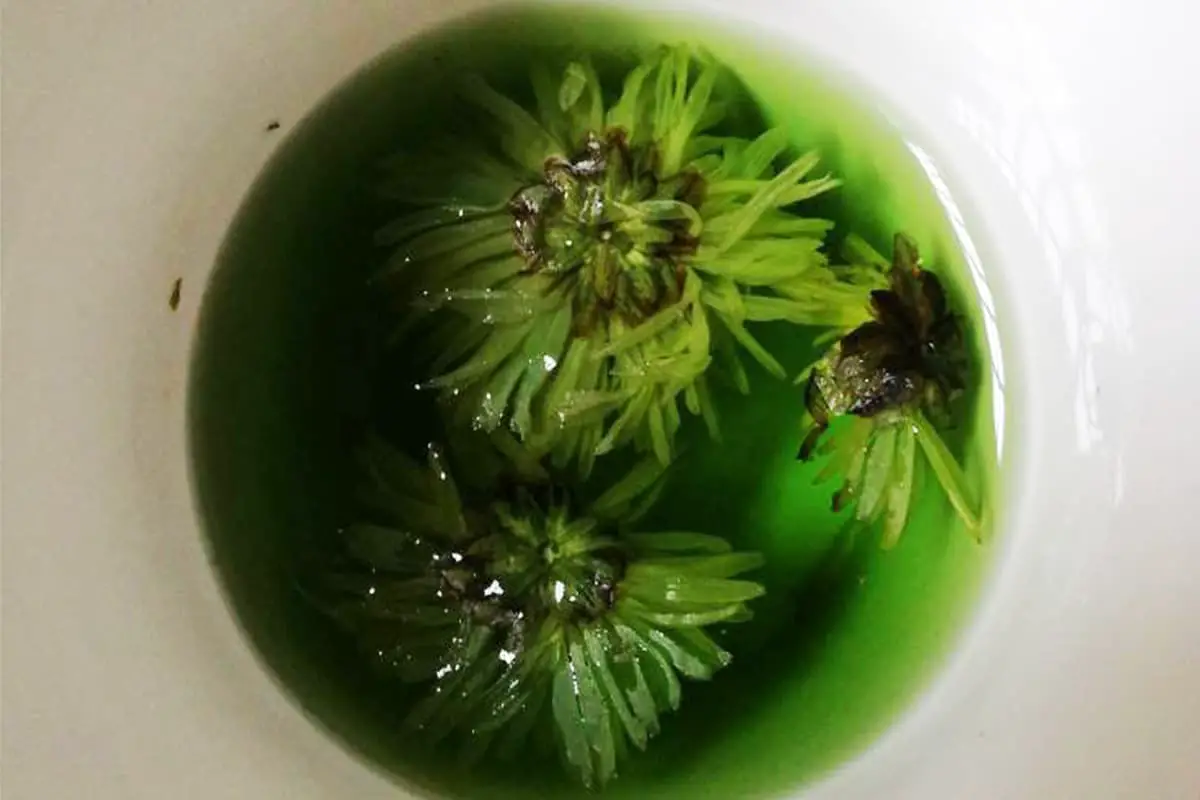The chrysanthemum, a flower with a rich history in traditional medicine and culinary applications, possesses a cooling nature and a slightly bitter taste. Its high medicinal value has made it a popular choice for tea among many.
However, the market is flooded with inferior quality chrysanthemums, which can significantly diminish the intended health benefits. Let’s explore how to discern high-quality chrysanthemums and understand the peculiarities of chrysanthemum tea preparation.

Premium chrysanthemums exhibit a pure, creamy yellow hue, indicative of natural drying processes without harmful additives like sulfur. These flowers are uniform in size, intact, and free from insect damage or debris, adhering to strict food safety standards.
In contrast, lower-quality chrysanthemums often display inconsistent flower sizes and a disheveled appearance. Their color tends to be pale, almost white, which may suggest sulfur fumigation during processing. When purchasing, it’s crucial to be aware of these differences to safeguard your family’s health.
When brewed, high-quality chrysanthemum flowers unfurl gracefully, as if coming to life. This natural blooming process not only enhances the visual appeal but also contributes to a superior taste experience.
Inferior chrysanthemums often fail to open fully when steeped. While the water may change color, the buds remain tightly closed. This could indicate artificial coloring, as the water changes hue before the flowers have a chance to unfold naturally. Exercise caution when encountering such products.
Premium chrysanthemums yield a tea that is transparent and vibrant, free from impurities. The resulting infusion should be clear and refreshing, offering an appealing visual prelude to the tasting experience.
Lower-quality chrysanthemums often produce a cloudy brew with visible particulates. While not necessarily harmful for consumption, it may raise concerns about the processing environment and hygiene standards, potentially detracting from the enjoyment of the tea.
In summary, the finest chrysanthemums feature complete, inward-curling petals, a uniform shape, a golden hue, and a sweet, nectar-rich flavor profile.

The appearance of a greenish tint in brewed chrysanthemum tea is a natural phenomenon and doesn’t indicate spoilage or bacterial growth.
Typically, chrysanthemum tea exhibits a light yellow color due to its flavonoid content. Flavonoids are renowned for their antioxidant properties, which contribute to the tea’s health benefits, including free radical elimination, anti-cancer effects, cholesterol reduction, and blood pressure regulation.
However, flavonoids are susceptible to oxidation when exposed to air, resulting in a green coloration. Teas with higher flavonoid concentrations are more prone to this color change.
Extended steeping can also lead to the extraction of chlorophyll from the chrysanthemum petals, further contributing to the green hue.
The pH level and mineral content of the brewing water also influence the tea’s color. Alkaline water tends to produce a more yellow tea, while acidic water results in a reddish-orange hue. The presence of metal ions, particularly iron and aluminum, can cause chelation reactions with flavonoids, further altering the tea’s color.
Interestingly, research has shown that chrysanthemum tea brewed with distilled water retains a higher antioxidant capacity compared to tea made with tap water, which typically contains more metal ions. Consequently, tea prepared with distilled water tends to maintain a more stable color.

The safety of consuming chrysanthemum tea that has turned green depends on the cause of the color change.
If the green tint results from extended steeping and chlorophyll extraction, it’s generally safe to consume. However, if the color change is due to high brewing temperatures or prolonged oxidation (such as being left overnight), it’s advisable to discard the tea to avoid potential health risks.
To optimize the brewing process and preserve the tea’s beneficial properties, it’s recommended to use water heated to approximately 75°C (167°F). Limit the steeping time to prevent over-extraction and ensure a more pleasant flavor profile.
Chrysanthemum tea is valued for its potential to protect against radiation, promote anti-aging, and boost immunity. By adhering to proper brewing techniques and selecting high-quality chrysanthemums, you can maximize these health benefits while enjoying a delightful beverage.ould not be too long to ensure the quality of the tea and to make the resulting flavor more delightful.